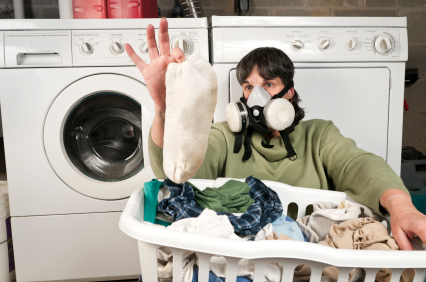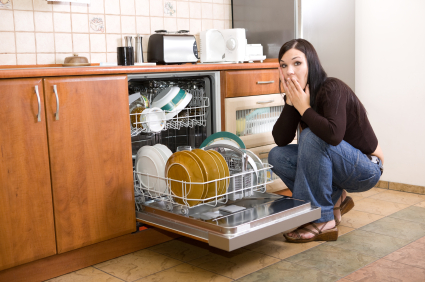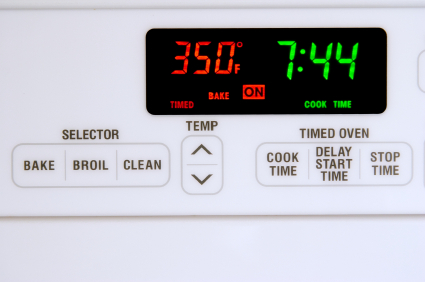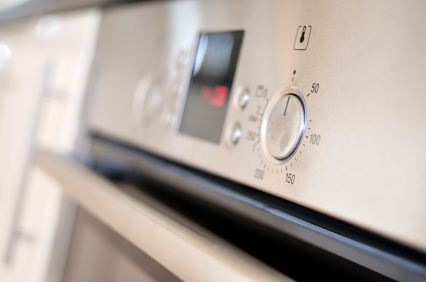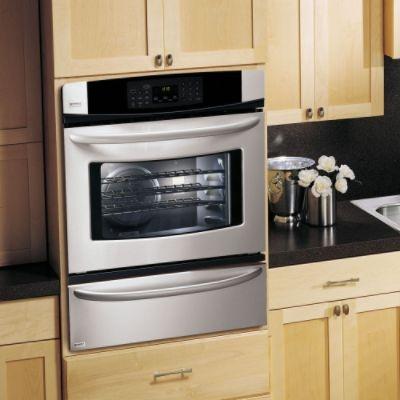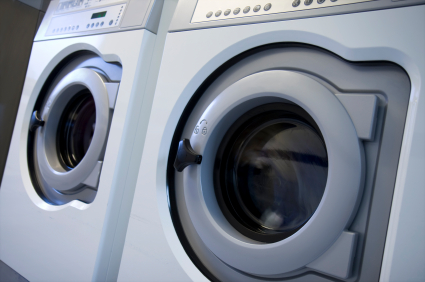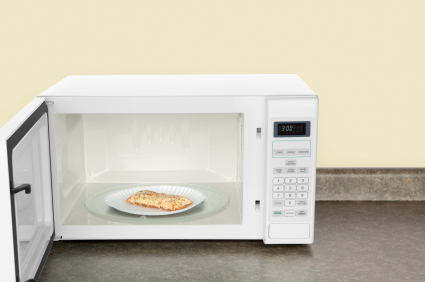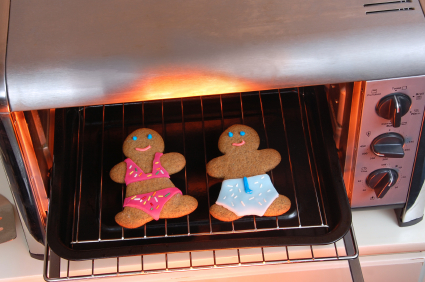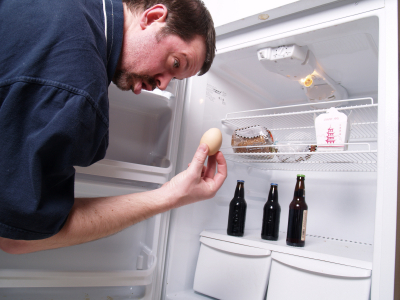Moldy washers are pretty gross, especially when you consider that this machine is supposed to make your clothes cleaner! Use bleach or another mold cleaner to wipe the inside of your washing machine, taking care to especially clean the rubber seal that’s located between the door and the inside of the machine. There are ways to get rid of the moldy smell in your washer. Use a quarter cup of powdered dish detergent on the hottest water setting to completely get rid of the mold in your washing machine. Try opening the small door at the bottom of your washing machine and letting the water drain out. There might be a lot of water trapped inside, so get a bucket and be prepared to clean up the water. However, the best method to stay mold free is to prevent mold from forming in the first place. Here are the most common reasons mold forms inside a washing machine:
– Using too much detergent — A lot of people follow the instructions on the detergent bottle and pour in too much detergent. Detergent that creates a large amount of suds is more likely to cause mold to develop. Use 1/3 of what the bottle recommends, unless the clothes are heavily soiled.
– Using fabric softener — Fabric softener is a source of food for mold and bacteria, and encourages mold growth on the inside of the tub. Use dryer sheets or dryer balls instead.
– Using only cold water to wash your clothes — Hot water kills most bacteria and mold, while cold water provides a moist environment for fungi to grow. Try making your hot water load the last load of the day.
– Not using the machine for a long time — This gives time for mold to develop without interruption by running water. If you’re going to be on vacation or won’t be using the washer for a while, make sure to fully dry the inside first. Leave the door of your washing machine to let the water dry faster.
– Drain pump is blocked — If the filter of the drain pump is clogged, then water may drain more slowly or not at all. The excess water causes mold to develop inside the washer.
Mold is a relatively easy problem to deal with, but washers have a habit of breaking down often and the problem may not be as easy to fix. Use TalkLocal to find a qualified appliance repair professional to remove your washer woes for no additional charge!

